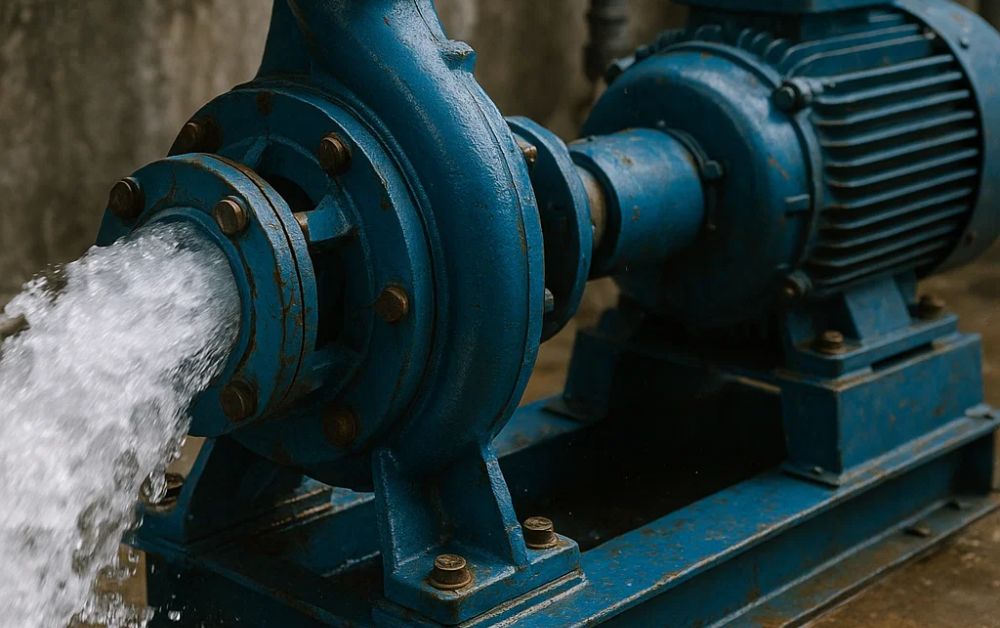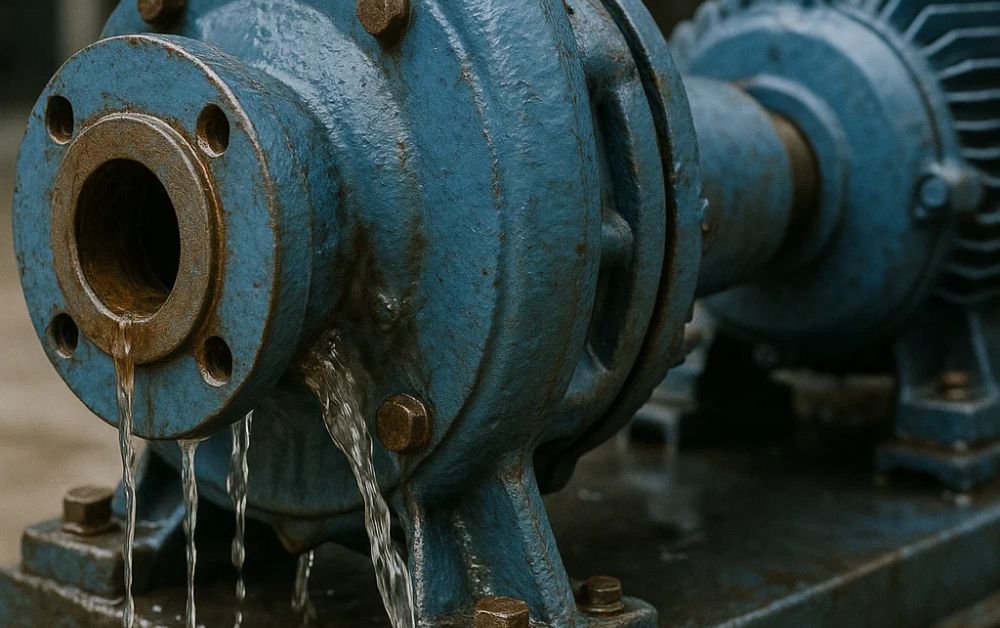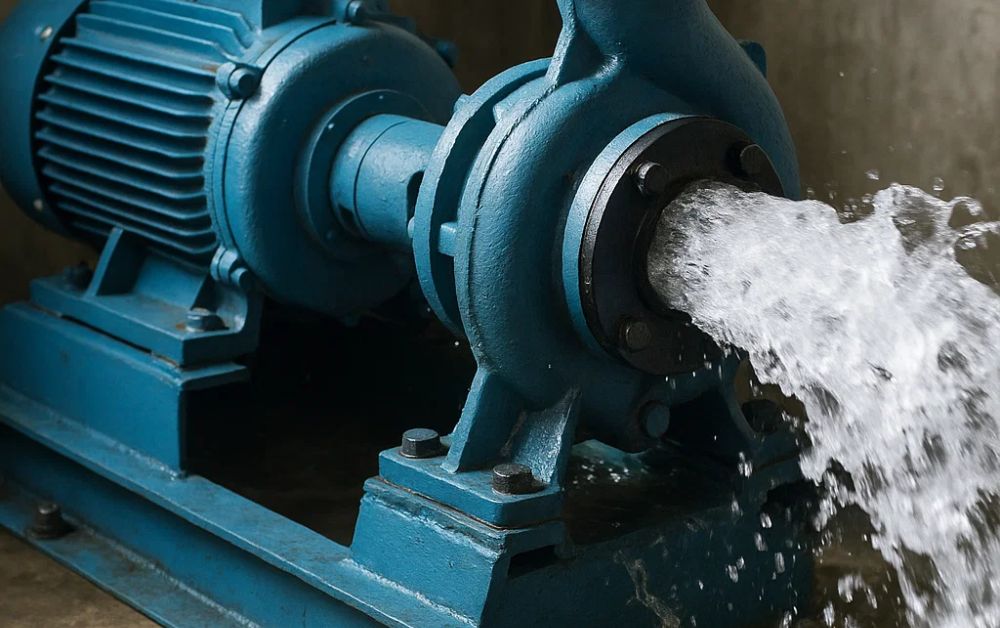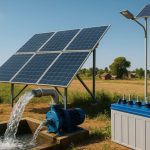Construction sites are constantly beset with environmental problems such as rainwater, groundwater, or seepage from nearby water sources. Such water intrusions disrupt work, destroy equipment, erode foundations, and pose significant safety risks. That is where dewatering pump systems come in. This vital equipment is designed to remove unwanted water from construction sites, enabling work to flow smoothly and safely. In this blog, we will explore how dewatering pumps operate, the different types of pumps used, and why maintaining dry and secure construction conditions is critical to them.
Introduction to Dewatering Pumps Systems
Dewatering pump systems aim to extract water from a site and let it out elsewhere. Dewatering systems are extensively used in construction, mining, and municipalities. Dewatering is critical in excavation, tunneling, foundation work, and where construction sites have a high-water table or high rainfall.
Water accumulation can cause numerous problems. It will inundate trenches, cause grounds to destabilize and delay project timelines. If not halted, standing water can also become a mosquito and insect breeding pool. More importantly, it can undermine the structural support of buildings and make workspaces dangerous for workers. Because of this, an effective dewatering plan is not an option—it is a necessity.

Why Construction Sites Need Dewatering
There are numerous reasons why construction sites require effective dewatering pump systems:
- Safety of Workers: Waterlogged sites increase the risk of slips, trips, and falls. Dewatering pumps ensure that the work area is dry and promote site safety.
- Stability of the Foundation: Water can erode or weaken the ground structure, affecting the foundation’s stability. Proper dewatering guarantees the ground is compact and stable.
- Prevention of Equipment Damage: Construction equipment and electric appliances are not designed to function in wet environments. Dewatering prevents valuable equipment from water damage.
- Regulatory Compliance: Most construction activities are regulated by environmental laws that require sufficient water management in the field. The installation of a dewatering system prevents non-compliance with these regulations.
How Dewatering Pumps Work
Dewatering pump systems work by a motor producing suction to draw in water through an intake and push it out through a discharge pipe into a designated area, typically a storm drain, retention pond, or sewer. Several methods and styles of pumps can be used depending on site conditions.
Some dewatering techniques consist of:
- Wellpoint Systems: Several wells of small diameters are drilled around the excavating area. The wells are connected to a header pipe and pump, which removes groundwater before it reaches the excavation.
- Sump Pumping: A sump pit is dug at the lowest level of the site for the sole reason of water collection. A submersible pump is placed within the pit to drain water as it settles.
- Deep Well Systems: Submersible pumps are mounted in deep wells along the perimeter of the excavation in high water table conditions. These submersible pumps lower the water table significantly over an extensive area.
All these systems utilize a specific dewatering pump, selected based on the quantity of water, type of soil, and depth of excavation.
Types of Dewatering Pumps Systems
Several dewatering pump systems come into the market with specific applications:
- Centrifugal Pumps: Ideal for transferring large amounts of water within a limited time. They are generally applied where dewatering operations are shallow and where the water contains some solid particles.
- Submersible Pumps: Placed directly in water, they are best fitted for deep or limited positions. Submersible pumps consume less energy and are quieter.
- Trash Pumps: A centrifugal pump, trash pumps are designed to pump water with debris, sludge, or sediment—ideal for construction projects on muddy ground.
- Diaphragm Pumps: Positive displacement pumps well-suited for slow, controlled dewatering, especially where solids and slurry are present.
The right pump is required. The amount of water, site size, and debris content must be considered to get the most from it.
Advantages of Installing Dewatering Pumps Systems on a Construction Site
Installing the proper dewatering pump systems on a construction site provides several advantages:
- Increased Efficiency: Dry conditions enable machines and laborers to work effectively, preventing project delays.
- Increased Safety: Drying water from the site helps avoid accidents and injuries.
- Protection of Your Investment: Heavy machinery and structural materials are protected from water damage.
- Cost Savings: Avoiding water-related delays and damages prevents unnecessary repair and maintenance expenses.
- Environmental Management: Successful dewatering reduces the likelihood of surface runoff contamination and soil erosion.
Maintenance and Best Practices
For their long-term performance, dewatering pumps require periodic maintenance. This includes cleaning against clogging, seal and hose checks, and ensuring power supplies and standbys function.
A few best practices to be remembered are:
- Monitor pump operation regularly, especially during periods of heavy rainfall.
- Use proper filters or screens to prevent debris from harming the pump.
- Mount pumps on elevated, level platforms to avoid submergence in the event of unexpected water inflow.
- Have standby pumps available for unexpected emergencies.
Safe installation, operation, and maintenance of dewatering pump systems can significantly extend equipment life and enhance site efficiency.

Conclusion
In the ever-changing landscape of buildings, water is a familiar foe. Rain, groundwater, or even near water sources can result in uncontrolled water, compromise project integrity, delay schedules, and pose dangerous working conditions. Luckily, there are dewatering pumps systems.
By selecting the optimal dewatering method and pump type, building professionals can maintain their sites dry, safe, and ready for advance. Investing in quality dewatering equipment is not only a sound decision—it’s an integral part of any successful construction project.



